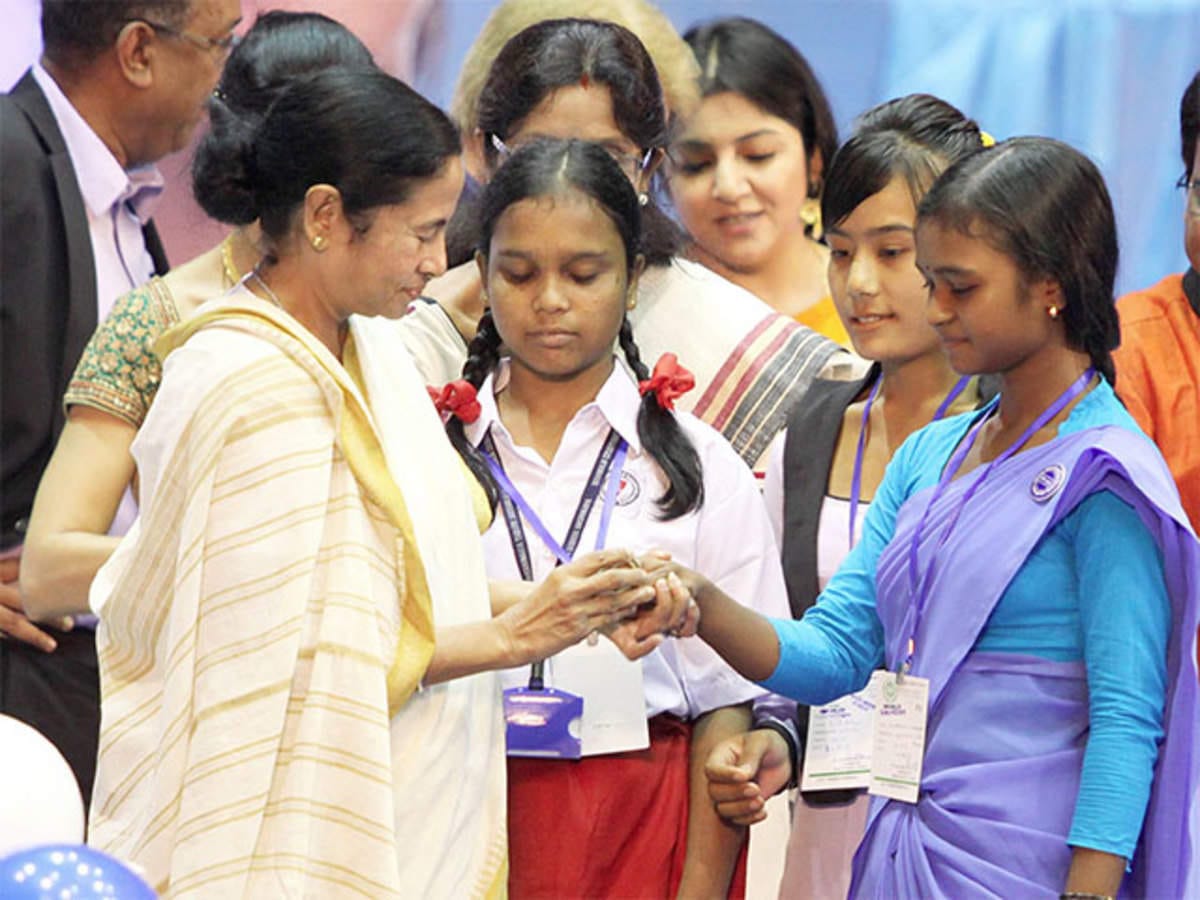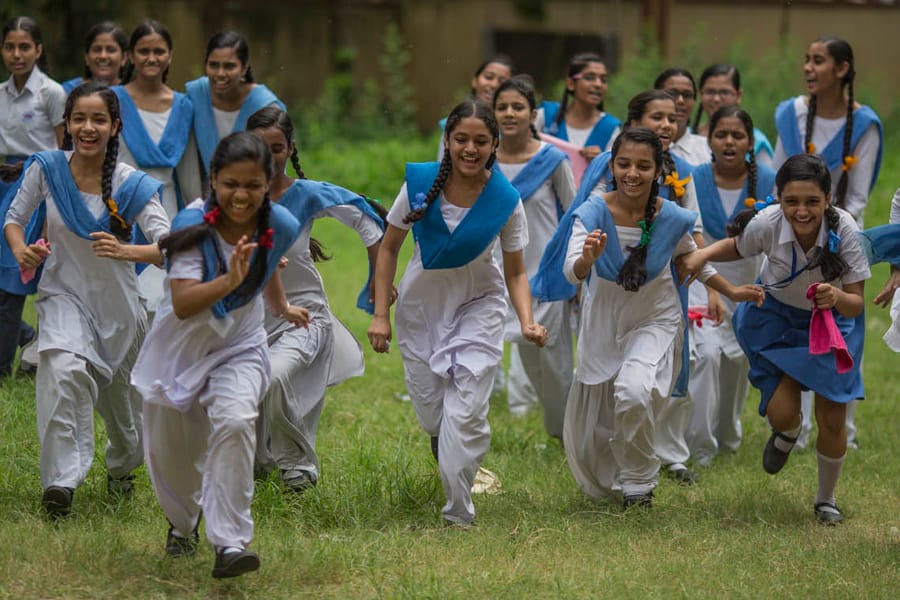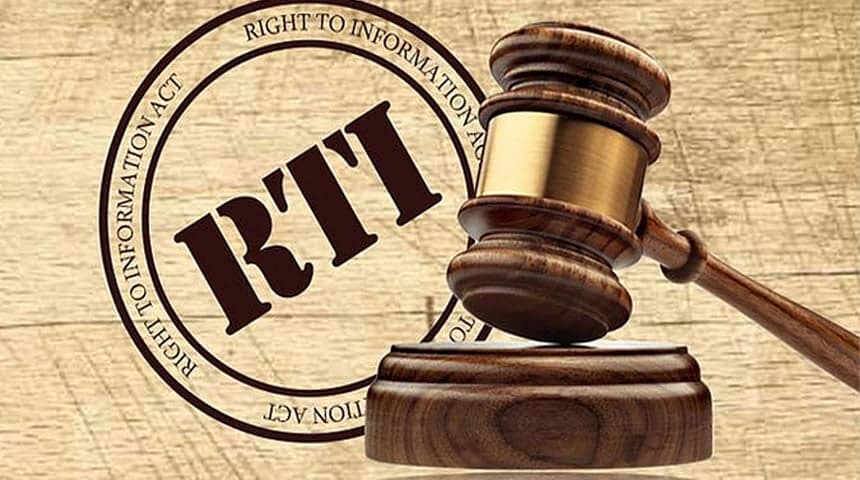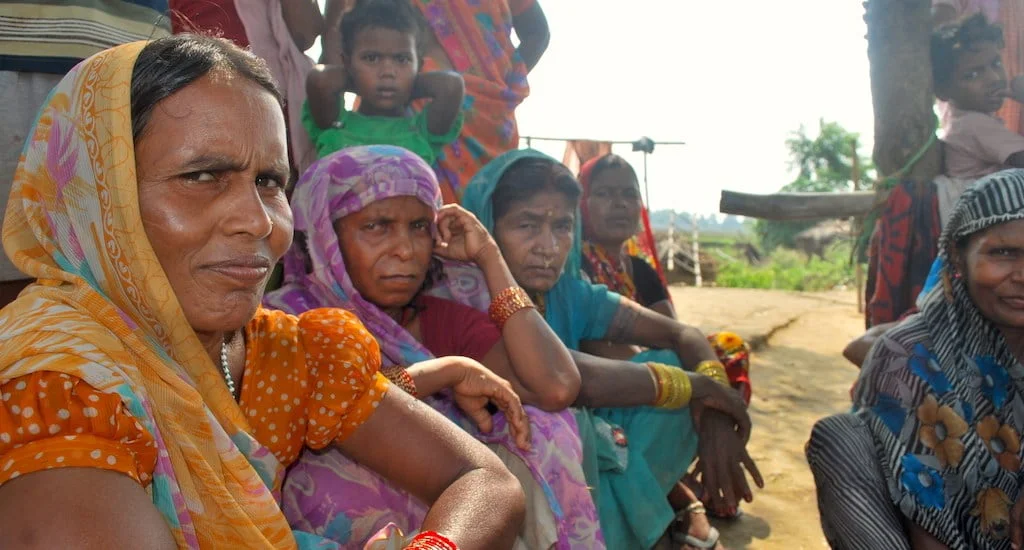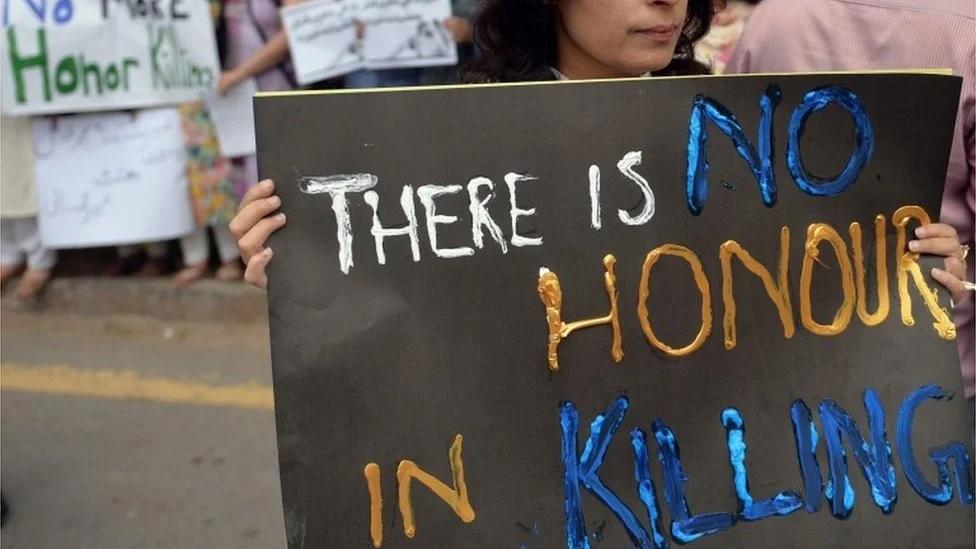Child marriage in India is a social malaise that keeps affecting minor girls especially those hailing from socio-economically disadvantaged backgrounds. Young girls are seem as a burden to the family and therefore are married off young. Often, due to lack of education and funds, career options are limited for these girls and many in their communities see marriage as the only alternative for them. West Bengal is one of the four states including Bihar, UP and Maharashtra accounting for more than half of India’s child marriage cases. According to a study by Lancet, 15.2% of child marriage cases are from West Bengal.
In 2013, the West Bengal government led by CM Mamata Banerjee launched a scheme that aimed to combat this issue of early marriage by keeping girls in school and delaying marriage at least till they are 18. The Kanyashree Prakalpa allowed for conditional cash transfers to economically marginalised girls who are unmarried between the ages of 13 and 18 so that they can stay in school.
‘Rammohun Roy and Ishwarchandra Vidyasagar had fought child marriage, but girls are getting married at the ages of 12, 13 and 14. We are trying to stop this,’ said CM Mamata Banerjee at the launch of the Kanyashree scheme.
‘Kanyashree is aimed at providing some relief to the poor girl students and their empowerment through improved education‘, she added.
Internationally recognised by the United Nations Department of International Development and UNICEF, the Kanyashree scheme has been able to increase the enrolment of girls between the age of 13 and 18 years by 10 percentage points from 79.8 percent during 2014 to 89.8 percent in 2016, according to Pratichi Institute, a research organisation founded by Nobel Prize winning economist Amartya Sen working towards combating illiteracy and lack of schooling in India, the lack of basic health care, and the special disadvantages from which women and young girls suffer. The scheme also claims to have reduced the rate of child marriage in West Bengal.
What is the Kanyashree scheme?
The Kanyashree Prakalpa is a Conditional Cash Transfer (CCT) scheme which are crucial tools to battle gender disparity particularly in education and marriage, by incentivising education. CCTs have been studied to be successful in increasing school attendance and delaying marriage (Hagen-Zanker et al 2017; Mathers 2021; Hahn et al 2018; Bastagli et al 2019). The insights from the implementation of CCTs like the Kanyashree Prakalpa are multifarious.
From leading to an understanding of the importance of education in the girls’ family and the society and the prevention of child marriage, to ensuring financial inclusion and raising awareness, the Kanyashree scheme is a model that can be followed in many more states of India and South Asia at large.
The scheme has three components: K1 (annual scholarship for girls aged 13-18 in Class VIII or above), K2 (a one-time grant of Rs. 25,000 for girls aged 18-19), and K3 (financial assistance for K2 beneficiaries under the Swami Vivekananda Merit-Cum-Means Scholarship Scheme).
The limitations of the scheme
However, the limitations of the scheme are aplenty. The cash transfers, though directly sent to the girls’ bank accounts, are often managed by the family or a male family member who prefers to use it as marriage savings. As these girls are minors, their immediate family are the guardians who get to handle the money. From qualitative discussions conducted by Pratichi Institute, it was learnt that parents preferred to enroll their girl child in this scheme because they considered that the benefit (Incentive amount of Rs. 25000/-) could help defray the cost of their daughter’s marriage.
From qualitative discussions conducted by Pratichi Institute, it was learnt that parents preferred to enroll their girl child in this scheme because they considered that the benefit (Incentive amount of Rs. 25000/-) could help defray the cost of their daughter’s marriage.
The research shares anecdotal evidence:
In one glaring case the Panchayat Member and her husband (who is also the local Booth President), in one block of Paschim Medinipur, insisted on using the money for purposes of wedding while talking to the local people and even demanded to see the receipts of purchase of gold ornaments for their daughter’s wedding before disbursal of amount. This, they said was their mode of preventing the incentive amount from ‘misuse’; which they claimed was rampant among tribal residents of the village.
One of my respondents, Madhumita a 26 year old PhD scholar and Kanyashree beneficiary says ‘While the scheme has benefited me in many ways to buy the educational equipment ( laptop, books), the fact that in rural areas, girls are used this monetary help in making their marriage jewelleries, makes me a little concerned.‘
Another respondent, Bhasswati Bhattacharjee, also a 26 year old PhD scholar, who was ineligible for the Kanyashree scheme due to her father’s employment in the government sector during her school days but upon learning about the SVMCM (Swami Vivekananda Merit-Cum-Means Scholarship Scheme) scholarship, often referred to as K3, had become a beneficiary, says, ‘Although I did not require financial assistance to pursue my education, I availed of the scholarship based on merit. I strategically utilised the scholarship funds by investing them through a Systematic Investment Plan (SIP) during both my undergraduate and postgraduate studies. The funds were not used for educational expenses or material purchases, but rather for long-term financial growth.’
She acknowledges that the amount paid for the K1 scheme is much less considering the year we are living in and the inflation rates.
She acknowledges that the amount paid for the K1 scheme is much less considering the year we are living in and the inflation rates.
Moreover, the scheme does little to pipeline monetary benefits to actual training for one of the three career trajectories:
- Vocational training
- Higher education
- Business
By focusing solely on freebies and cash transfers, the Kanyashree scheme is seen as an easy source of money that does little to ensure the girls are self reliant and skilled after the cash transfers stop coming in.
Bhasswati also mentions the misuse of the scheme by individuals who have availed of the Kanyashree 1 and 2 schemes despite having parents employed in the government sector, possibly by bypassing certain verification processes. ‘I believe that these schemes should be allocated to those who genuinely require financial assistance. To improve the scheme based on my personal experiences, I suggest that verification could be made stricter to prevent such discrepancies. This would ensure that the benefits reach those who truly need them.
How can the scheme be implemented better?
By increasing or shifting the age bracket for beneficiaries, the government can ensure that cash transfers directly reach the girls who can invest it according to their will. Moreover, raising awareness among the girls on financial literacy and how to invest in education, can help make them independent and motivate them to use the money for educational expenses. Madhumita says, ‘I think along with the monetary help, the government should introduce some awareness to the rural girls and their families about the importance of the money and why the government is providing this amount‘.
The cash transfers can also be conditional, where the girls receive the money on the successful completion of a course or a training programme. This ensures learning and growth beyond cash transfers and girls are empowered not just financially, but also holistically.
In conclusion, while the Kanyashree scheme is beneficial for young girls to pursue their dreams of education and avoid early marriage, the scheme has much room for improvement to empower young girls beyond cash transfers and freebies and make them independent and self reliant.
About the author(s)
Ananya Ray has completed her Masters in English from Jadavpur University, Kolkata, India. A published poet, intersectional activist and academic author, she has a keen interest in gender, politics and Postcolonialism.

